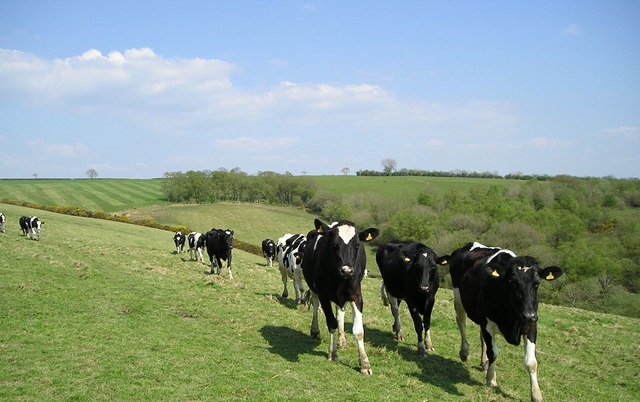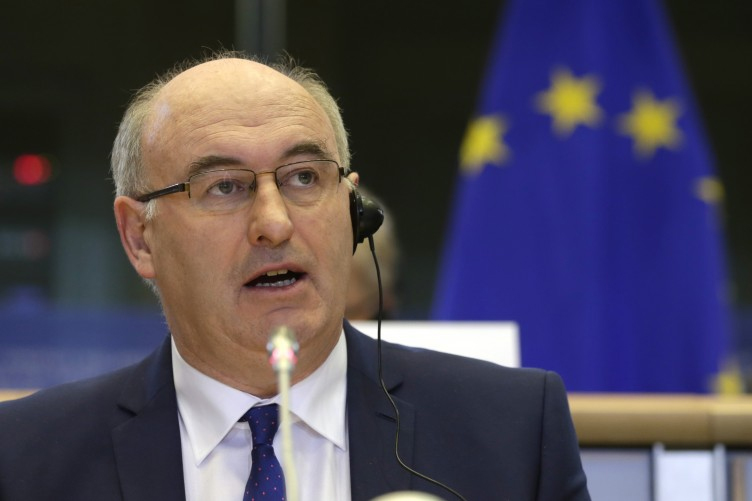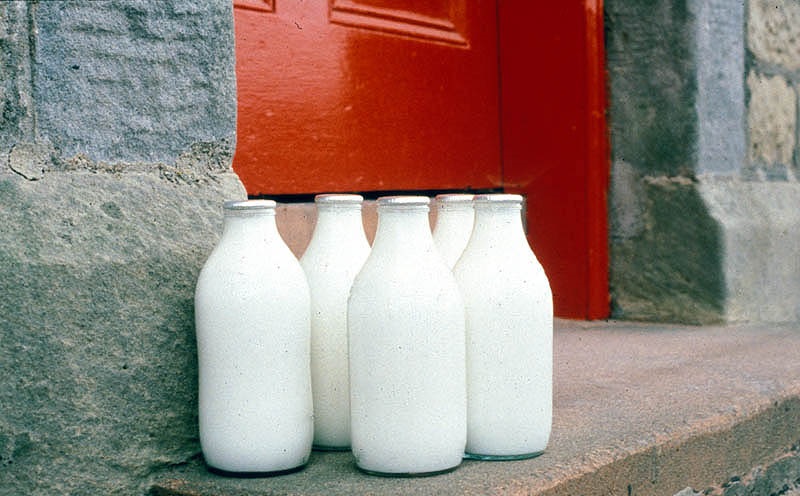
The precise details of the 500 million euro aid package for the dairy and other livestock sector announced by Commissioner Phil Hogan in July have been finalised this week.
In an agreement with EU-wide experts, it will be published in the Official Journal in the coming weeks.
The €500 million in EU funding can be matched by EU Member States to the value of €350 million, potentially providing a total of €850 million in public support for hard-pressed farmers throughout the EU.

Amongst the most significant elements in this package are a €350m support package (over €30 million will be dedicated to assisting farmers in the UK), a new EU-wide €150m aid for milk production reduction, extending public intervention.
Also, private storage aid for Skimmed Milk Powder (SMP) will be available until the end of February next year.
'Genuinely European response'

Speaking today, Commissioner Phil Hogan said he is "particularly pleased" with the aid scheme for reducing milk production as it provides a "genuinely European response" to a problem on the EU market.
"I am confident that this measure will contribute significantly to improving market sentiment and will be reflected in improved prices for European dairy producers," Mr Hogan said.
For the €350m support package, the rules confirm the menu of options available to Member States in how they decide to allocate funds, including conditions relating to eligibility and ensuring that the support reaches farmers engaging in activities of a market stabilisation and economic sustainability nature.
The €150m scheme is a new policy response to the market situation, and therefore much of the discussion since July has been centred around finalising the details.
The key point is that it will be an EU-wide scheme, so it will be up to each individual dairy farmer to decide whether he/she wants to participate – with the prospect of a payment for reducing production in the period from October-December, relative to the same period last year.
Technical elements
While the basic concept has not changed since July, this week's meeting has clarified many of the technical elements, such as: maximum claim (50% of production in the reference period); penalties for failing to reduce production for the full amount offered; the various deadlines, and the relevant administrative and control rules.
The scheme will be run as a "simultaneous examination", meaning that the Commission will accept all bids notified by the relevant Member States by the agreed deadline – unless the claims exceed the volume (1.07 million tonnes) corresponding to the available budget, in which case a reduction coefficient will be applied.
Further periods (for November-January, December-February, and January-March) will follow until the budget volume is reached. Once the period is over, farmers will then have 45 days to provide the proof that they have reduced production – following which the aid can be paid.
